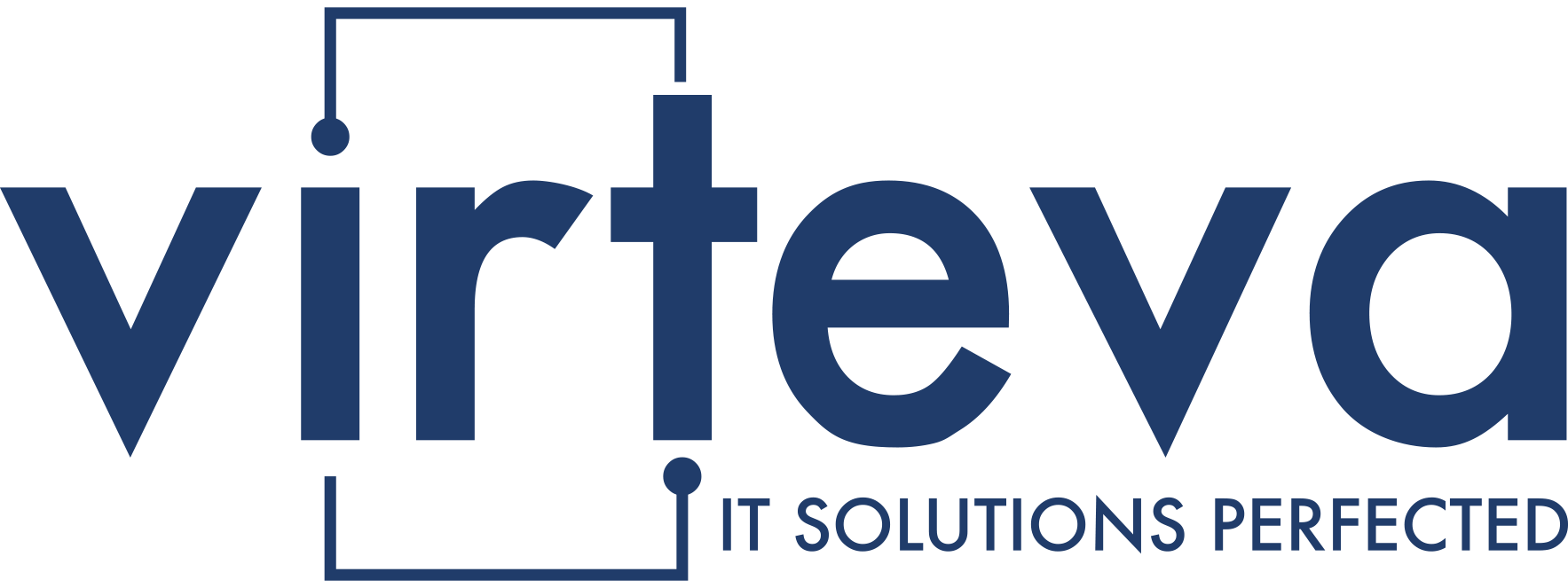The Countdown Has Begun
October 14, 2025, marks a significant milestone in the technology landscape – the end of support for Windows 10, Microsoft’s most widely deployed operating system. With less than 6 months remaining, organizations across all industries face crucial decisions about their technology infrastructure.
This isn’t merely an IT department concern; it represents a strategic business decision with implications for security, compliance, productivity, and budget planning. For organizations in regulated industries like healthcare, financial services, and manufacturing, the stakes are particularly high.
Why This Matters to Your Business
When Microsoft support for Windows 10 ends, it means:
- No more security patches: Systems will become increasingly vulnerable to new cyber threats
- No technical support: Issues that arise will need to be addressed without Microsoft’s assistance
- No feature updates: Your systems will gradually become incompatible with newer applications
- Compliance risks: Regulatory frameworks like HIPAA, PCI-DSS, and others typically require running supported operating systems
Recent data suggests that despite Windows 11 being available since 2021, Windows 10 remains dominant, with many organizations delaying migration due to hardware compatibility concerns, application dependencies, or simply competing IT priorities.
Four Strategic Options for Your Organization
1. Upgrade to Windows 11
Windows 11 represents a significant advancement in Microsoft’s operating system technology, particularly in security and user experience:
Benefits:
- Enhanced security architecture including hardware-based isolation, TPM 2.0, and Secure Boot
- Improved user interface designed for productivity
- Integration with Microsoft 365 Copilot and other AI-powered productivity tools
- Continued support through at least 2031
Considerations:
- Hardware requirements are more stringent than Windows 10
- Legacy applications may require testing or updates
- User training needs for the new interface
Best for: Organizations with relatively modern hardware (less than 4 years old) and a focus on security and productivity enhancements.
2. Purchase New Devices
For organizations with aging hardware fleets, the end of Windows 10 support presents an opportunity to modernize:
Benefits:
- New devices specifically designed for Windows 11
- Performance improvements from modern hardware
- Energy efficiency gains that contribute to sustainability goals
- Extended lifecycle planning
Considerations:
- Capital expenditure requirements
- Device deployment and management logistics
- Data migration needs
Best for: Organizations with hardware approaching end-of-life or those looking to implement modern management approaches like Microsoft Intune and Autopilot.
3. Extended Security Updates (ESU)
For organizations that cannot immediately transition all systems, Microsoft offers Extended Security Updates as a temporary solution:
Benefits:
- Critical security updates for up to three years post-end-of-support
- Time to develop and implement a comprehensive migration strategy
- Risk mitigation for systems with complex dependencies
Considerations:
- Significant and escalating costs ($61 per device for year one, doubling annually)
- Temporary solution that delays inevitable migration
- Limited to security updates only (no new features or improvements)
Best for: Organizations with mission-critical systems that cannot be immediately migrated, regulated industries requiring documented risk management, or complex environments needing extended planning time.
4. Alternative Operating Systems
Some organizations may consider alternative approaches, including Linux-based systems or cloud-based solutions:
Benefits:
- Potential cost savings compared to Windows licensing
- Specialized systems tailored to specific workloads
- Reduced dependence on Microsoft’s ecosystem
Considerations:
- Application compatibility challenges
- User training and adoption hurdles
- Support and maintenance expertise requirements
Best for: Organizations with specialized use cases, technical expertise in alternative systems, or workloads well-suited to cloud transformation.
Industry-Specific Considerations
Healthcare Organizations
Healthcare providers face unique challenges with Windows migrations due to:
- Legacy medical applications with specific OS dependencies
- Connected medical devices with certification requirements
- Strict regulatory compliance needs under HIPAA
- 24/7 operational requirements limiting maintenance windows
Recommended approach: Start with a comprehensive application inventory that focuses on clinical systems. Consider a hybrid approach using ESU for critical clinical systems, while prioritizing patient-facing systems for early migration to Windows 11.
Financial Services
Financial institutions typically contend with:
- Complex security and compliance requirements
- Legacy banking applications with specific dependencies
- High availability requirements for customer-facing systems
- Increased security threat landscape
Recommended approach: Implement a phased migration, prioritizing customer-facing and high-risk systems first. Use ESU strategically for core banking systems requiring extended validation.
Manufacturing
Manufacturing organizations often face:
- Operational technology (OT) integration challenges
- Production systems that cannot tolerate downtime
- Specialized equipment with OS dependencies
- Extended hardware lifecycles
Recommended approach: Segment IT and OT environments, focusing on business systems for early migration while developing specialized approaches for production systems, potentially using ESU for critical manufacturing systems.
Developing Your Windows 10 Migration Strategy
Based on our experience helping hundreds of organizations navigate OS transitions, we recommend a structured approach:
1. Comprehensive Environmental Assessment
- Inventory all Windows 10 devices and applications
- Identify hardware compatibility with Windows 11
- Document application dependencies and compatibility
- Analyze current management and security approaches
2. Strategic Migration Planning
- Develop a timeline with clear milestones
- Create budget projections for each option
- Establish migration priorities based on risk and business impact
- Define success metrics and tracking mechanisms
3. Technical Preparation
- Test application compatibility in pilot environments
- Develop application remediation plans where needed
- Create standard deployment approaches and automation
- Establish user communication and training plans
4. Execution and Validation
- Implement a phased rollout beginning with pilot groups
- Monitor system performance and user experience
- Track and resolve issues through established channels
- Document compliance for regulatory purposes
How Virteva Can Help
As a certified Microsoft Solutions Partner, Virteva brings specialized expertise in Windows migrations, particularly for complex environments in healthcare, financial services, and manufacturing. Our approach combines technical excellence with business understanding to ensure migrations that minimize disruption while maximizing security and productivity benefits.
Our services include:
- Windows Environment Readiness Assessment: Comprehensive analysis of your current environment with specific recommendations
- Migration Strategy Development: Customized planning tailored to your industry and particular needs
- Application Compatibility Testing: Thorough validation of business-critical applications
- Implementation Services: Complete or supplemental resources to execute migration
- Microsoft 365 & Copilot Integration: Enhanced productivity through cloud services integration
- Managed Security Services: Ongoing protection for your environment before, during, and after migration
Next Steps
With less than 6 months until the Windows 10 end-of-support date, immediate action is essential. Organizations that start planning now can still execute a controlled migration, but time is running out quickly.
For organizations that have delayed planning, our emergency migration services can help accelerate the process while minimizing business disruption.
Contact Virteva today to schedule your Windows Environment Readiness Assessment and begin developing your strategic response to this significant technology transition.




